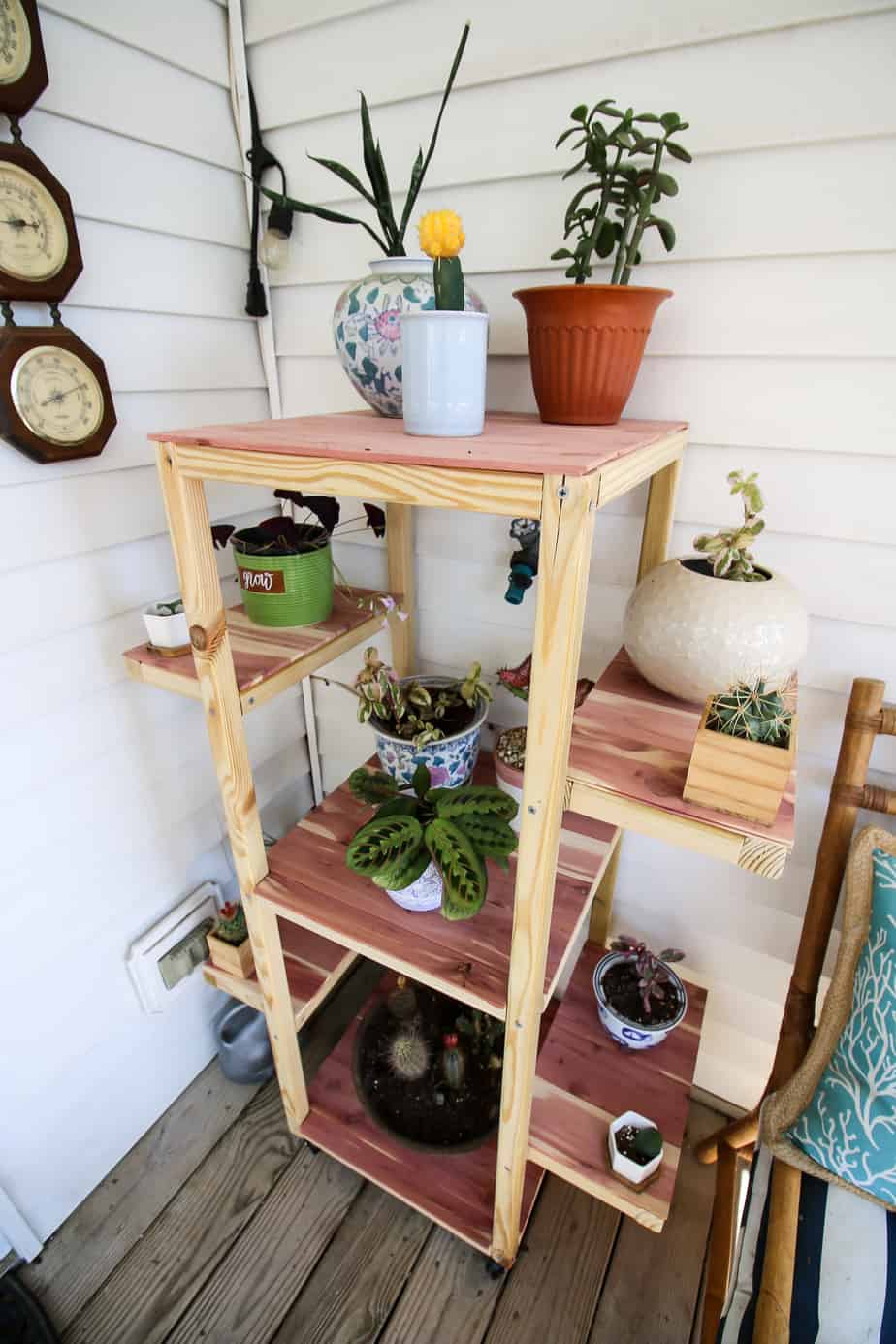Build Your Own Awesome TV Console with Drawers: A DIY Woodworking Project Hey there, fellow woodworking enthusiasts! So, you're thinking about building your own TV console, huh? Fantastic! It's a really rewarding project, and the sense of accomplishment you'll get when you're done is unbeatable....
Saturday, February 1, 2025
Saturday, January 25, 2025
How to Make a Small Cutting Board for Beginners: Perfect for First-Time Sellers and Small Kitchens

Craft Your First Cutting Board: A Beginner's Guide for Sellers and Small Spaces Ready to create something beautiful and functional? This guide walks you through making a small, charming cutting boardâ€"perfect for your own kitchen or to launch your crafting business. Forget complicated joinery;...
How to Make a Wooden Wine Rack with Shelves for Storing Bottles and Glasses

Constructing a Multi-Functional Wooden Wine Rack with Integrated Glass Storage This detailed guide provides a comprehensive approach to crafting a sophisticated wooden wine rack incorporating dedicated shelving for both wine bottles and glassware. The project, while demanding some woodworking expertise,...
Wednesday, November 20, 2024
Wood Signs for Small Spaces: Easy Projects to Sell

Wood Signs for Small Spaces: Easy Projects to Sell In the realm of crafting and entrepreneurship, wood signs have emerged as a popular and profitable venture. Their versatility, charm, and ability to add a personalized touch to any space have captivated the hearts of many. However, for those with...
Tuesday, November 19, 2024
Make and Sell Stylish Bath Trays for the Home Spa Trend

Turn Your Bathroom Into a Luxurious Spa With Stylish Bath Trays Who doesn’t love the idea of a relaxing bath after a long day? It's the ultimate way to unwind, de-stress, and pamper yourself. But let's be honest, sometimes a regular bath just doesn't cut it. You want something more, something...
Monday, November 18, 2024
Wooden Toys with Fun and Functional Features Like Wheels and Handles

Wooden Toys with Fun and Functional Features Like Wheels and Handles In an era dominated by digital entertainment, the allure of classic wooden toys endures. These simple yet captivating creations offer a tactile and imaginative experience that fosters creativity, fine motor skills, and a deep...
Wednesday, November 13, 2024
DIY Wooden Plant Stands That Sell Like Hotcakes

DIY Wooden Plant Stands That Sell Like Hotcakes: The Ultimate Guide to Green Thumb Profits Hey there, plant lovers and DIY enthusiasts! Are you ready to turn your passion for plants and woodworking into a profitable venture? It's time to ditch the boring store-bought plant stands and unleash your...
Subscribe to:
Posts (Atom)
ブログ アーカイブ
Powered by Blogger.
